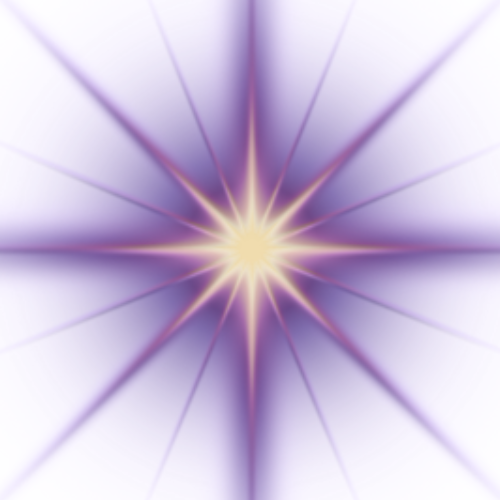
by Theresa Crater | Feb 1, 2025 | Ancient Knowledge, Paganism, Short Stories
The Wheel of the Year turns and spring is stirring beneath the ground where I live. Snowdrops pop up. The days lengthen. Lambs are born. Cailleach, the Grey Hag, the Mountain Mother, the Dark Woman of Knowledge hands her rule over to Brighid, the Goddess of poets,...

by Theresa Crater | Jan 30, 2025 | Ancient Knowledge, Books, Spirituality
I’m so excited! I just sent the Spirit Springs novel off to the editor. The cover is scheduled. This book will be available soon! I’ll let you know first! The publisher of my memoir, Three Awakenings, is starting True Wisdom Academy. Authors are...

by Theresa Crater | Jan 29, 2025 | Ancient Knowledge, Spirituality
The snake—the sixth animal in the 12-year zodiac cycle—symbolizes wisdom, growth, and transformation. People born in snake years are traditionally regarded as charismatic, intelligent, and creative, but also strategic, mysterious, and stubborn. The wood element adds...

by Theresa Crater | Dec 18, 2024 | Christmas, Short Stories
Solstice is only a few days away! Can you believe that we’re just one week away from Christmas? And just two weeks away from 2025? In the mood for some holiday stories? Enter Yule20 at check out in my store. What are you most excited about this holiday season? I’d...

by Theresa Crater | Jan 30, 2023 | Ancient Knowledge, Paganism, Uncategorized
Happy Imbolc everyone, the old Pagan holiday halfway between Winter Solstice and Spring Equinox. February 1st or 2nd. The days grow longer. Perhaps the snowdrops have appeared where you live. This time is sacred to the Lady, the child-woman, the virgin who is known as...

by Theresa Crater | Jan 12, 2023 | Books, Spirituality, Three Awakenings, Under the Stone Paw
In Three Awakenings: A Spiritual Memoir, I explore three experiences of Unity Consciousness I’ve had in my life. All were a surprise—a welcome surprise. All were in different circumstances involving different spiritual traditions. A spiritual memoir. In my novels,...








Recent Comments